In this Article
Side Effects of Waxing: The Hidden Cost of Smooth Hairless Skin
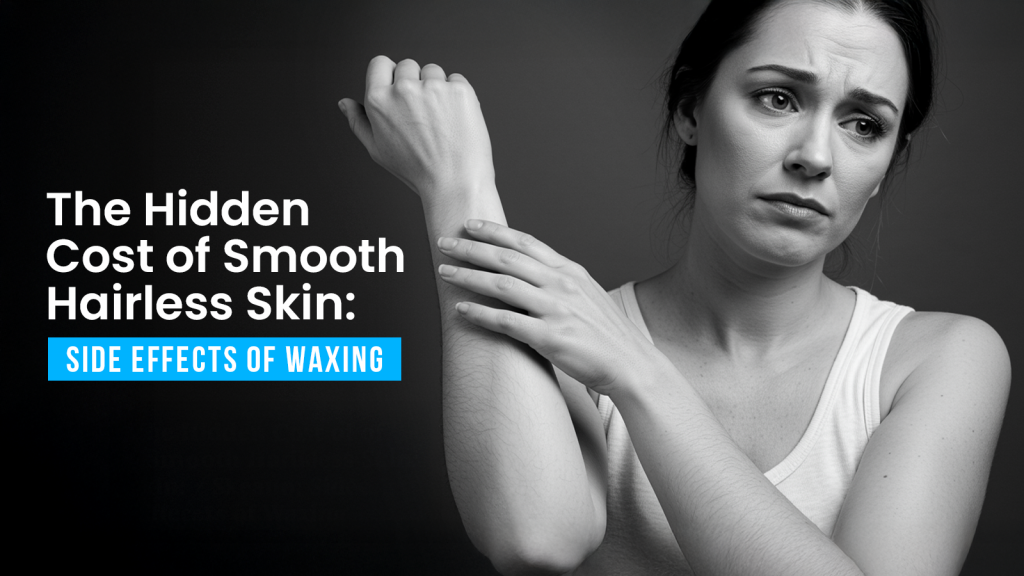
In the quest for silky-smooth, hair-free skin, waxing has emerged as a go-to option for many. Its promise of long-lasting results compared to shaving makes it an easy option. According to Magna intelligence, it is assumed that the hair reduction market is going to reach USD $1,081.2 million by the end of 2029. But is it really that harmless and effective as a method for removing unwanted hair? Are there no underlying side effects of waxing that need our attention?
This comprehensive guide will show you the side effects of waxing, and explore alternatives like laser hair removal.
What is Unwanted Hair?
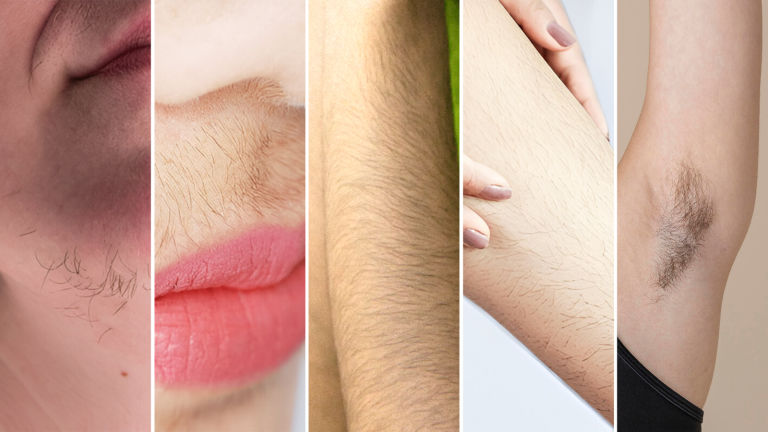
Before we get into the problem, we need to get to know the root cause of the problem, unwanted hair. Unwanted hair means the growth of hair in areas which are deemed as undesirable or unaesthetic. Common regions include upper lip, chin, arms, underarms, legs, and bikini line. Causes of unwanted hair growth include:
Hormonal Imbalances
Conditions like polycystic ovary syndrome (PCOS) or hirsutism can lead to excessive hair growth in women. According to the American College of Obstetricians and Gynecologists (ACOG), hirsutism affects 7 out of 10 women of reproductive age.Genetics
Hair growth patterns can run in families and vary significantly by ethnicity.
Medications
Certain drugs like steroids or hormone treatments can increase hair growth.
Endocrine Disorders
Thyroid or adrenal gland imbalances may influence hair growth distribution.
While some people embrace their body hair (as they absolutely should!), others seek removal for comfort, hygiene, or appearance—especially in societies where hairlessness is associated with beauty or professionalism. This is where waxing, shaving, laser, and other hair removal methods come into play.
What Is Waxing? Understanding the Process
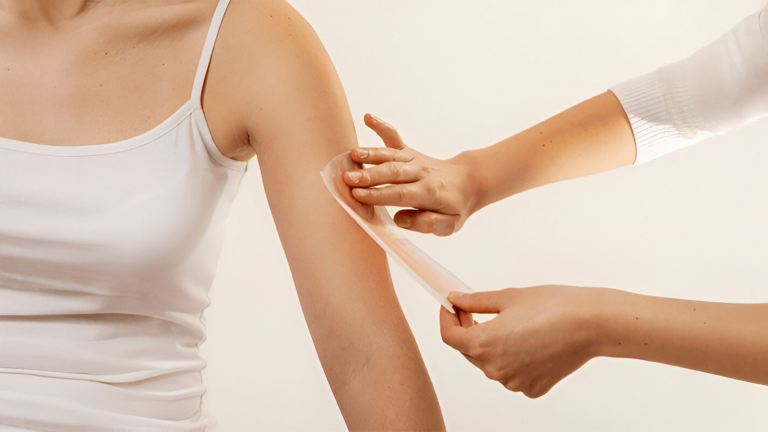
Waxing is a widely used method of hair removal that works by physically pulling hair out from the root—resulting in smoother skin that lasts significantly longer than shaving. From legs to lips, arms to underarms, and even bikini zones, waxing has become a staple in both at-home and salon-based hair removal routines. But it’s especially popular for face hair removal facial treatments, thanks to its precision and relatively quick results.
What is the Process of Waxing? A Step-By-Step Guide
Whether you’re at a spa or doing it by yourself at home, the step by step waxing process follows a structured routine designed to minimize discomfort and maximize results. Here’s how it typically unfolds:
Prepping the Skin:
The first step in the waxing process is to ensure the skin is clean, dry, and exfoliated. Removing dead skin cells helps the wax grip hair more effectively and reduces the risk of ingrown hairs.
Selection of Wax
Wax selection plays a crucial role in the outcome. For example:
- Hard wax is ideal for sensitive areas such as the face, underarms, and bikini line. It hardens the skin and is pulled off without strips.
- Soft Wax (Strip Wax) is spread thinly and removed with cloth or paper strips. Best for larger areas like arms and legs.
- Sugar Waxing (Sugaring), an all-natural alternative made from sugar, lemon, and water, is gentler on the skin and gaining popularity for facial hair removal.
Application of Wax
Wax is applied in the direction of hair growth using a spatula or applicator. In facial waxing, extra care is taken to avoid delicate areas such as around the mouth.
Hair Removal
The wax is then pulled off in the opposite direction of hair growth, pulling hair from the follicle. This results in a smooth finish that can last anywhere from 3 to 6 weeks, depending on your hair growth cycle.
Post-Waxing Care
Essential for soothing the skin and avoiding reactions. Think aloe vera gel, cold compresses, and light moisturisers. Following the proper after-wax care routine.Waxing is especially good for targeted hair removal, offering a quick solution.
Why Do People Choose Waxing for Hair Removal?
Waxing presents several advantages.
- Hair takes longer to regrow compared to shaving, making it long-lasting
- Repeated waxing can lead to softer and sparser hair over time.
- Removes dead skin cells along with hair, leaving skin smoother.
- It is cost-effective when done at home.
Despite these benefits, it is crucial to consider the potential side effects associated with waxing.
Immediate Side Effects of Waxing - The Smooth Truth Unwrapped
While waxing is celebrated for its efficacy and so-called long-lasting results, it’s very important to understand that it comes with its own set of side effects, especially for sensitive skin types or first-time users. The process of pulling hair from the root can trigger a variety of skin responses. Understanding the side effects is essential for setting realistic expectations and ensuring proper post-care.

-
Redness and Irritation
The most common reaction post-waxing is mild redness or inflammation, particularly in sensitive areas like the face, underarms, or bikini area. This occurs due to increased blood flow to the areas as hair is forcibly removed from the follicles.
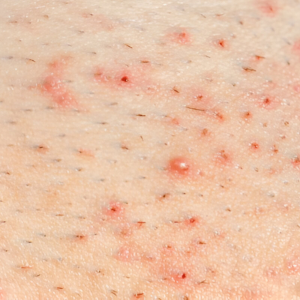
-
Bumps and Ingrown Hair
Small, pimple-like bumps may develop a few hours after waxing. These are usually caused by minor follicle inflammation or trapped hairs. Ingrown hairs are more common with coarse or curly hair types and often appear within a few days of waxing.
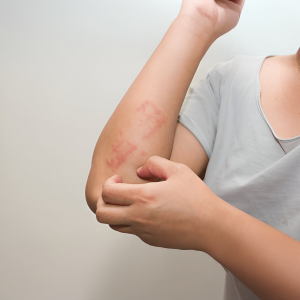
-
Allergic Reactions and Skin Rash
Some individuals may experience allergic reactions to ingredients in the wax, especially in the wax, especially if it contains fragrances, resins, or essential oils. This can lead to a skin rash after waxing, a more pronounced, itchy, or blotchy reaction that requires prompt attention.
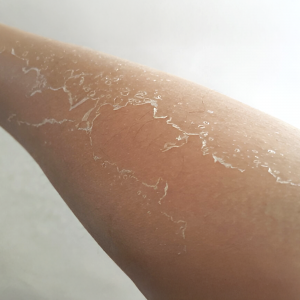
-
Burns and Surface Skin Peeling
Improper waxing temperature or poor technique can result in mild burns, particularly with hot wax. The risk is heightened during facial waxing, where the skin is thinner and more delicate.
Proper aftercare, including soothing lotions and avoiding sun exposure, can reduce these effects.
Long-Term and Less Common Side Effects
Although rare, it is important to know that there can be long-term side effects of waxing. It can occur if proper after-wax care is neglected or the wrong type of wax is used for your skin.

-
Hyperpigmentation
One of the more subtle yet persistent side effects is post-inflammatory hyperpigmentation (PIH). This condition causes darker patches of skin, especially upper lip, underarms, or bikini line. It’s more common among individuals with medium to deep skin tones.
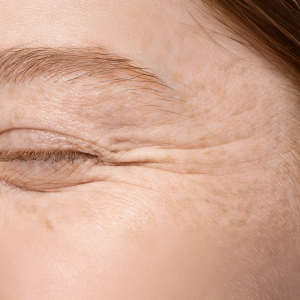
-
Skin Thinning and Sensitisation
Regular waxing can weaken the outer skin barrier, especially with frequent facial hair removal. Over time, this may lead to increased skin sensitivity, dryness, and a heightened risk of irritation from skincare products or environmental factors. Face wax side effects like dryness or flakiness often become more noticeable with ageing skin or if exfoliation is overdone.
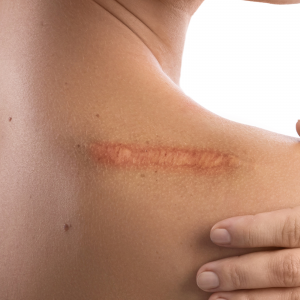
-
Scarring and Infections
While rare, improper technique, especially in unsanitary environments, can cause micro tears in the skin, leading to scarring or bacterial infections. This is more likely when waxing over active acne, sunburned skin, or broken dermal tissue. Facial waxing in particular requires caution to avoid long-term texture changes.
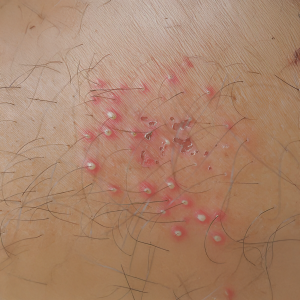
-
Folliculitis
Repeated trauma to hair follicles can cause folliculitis, an inflammation or infection of the follicle. It appears as a pus-filled bump and may need topical treatments to resolve.
Individuals with sensitive skin or underlying conditions should consult a dermatologist before waxing.
Factors Influencing Side Effects
Several factors can affect the likelihood and severity of side effects of waxing. They include:
Skin Type– Sensitive skin is more prone to irritation.
Hair Texture– Coarse hair may be more painful to remove.
Wax Quality– Low-quality wax can increase the risk of adverse reactions.
Technique- Improper application or removal can damage the skin.
Aftercare- Neglecting post-wax care can exacerbate side effects.
Choosing the right wax and following proper techniques are essential for minimising risks.
Alternatives to Waxing
Waxing may be a popular choice for unwanted hair removal and full body smoothness, but it’s not without its drawbacks, especially if you are prone to side effects of waxing like rashes, or if you’re just tired of the tug-and-pull. Fortunately, the world of hair removal offers a variety of alternatives that cater to different skin types, pain thresholds, and long-term goals.
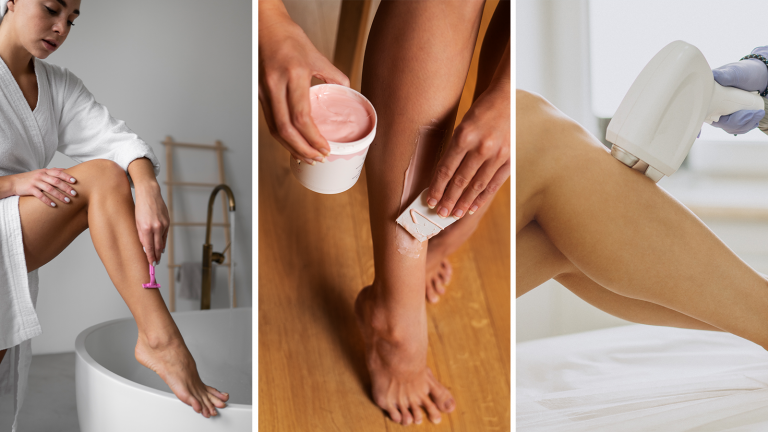
-
Shaving
The most accessible method, shaving cuts hair at the surface level. It’s painless and quick but requires frequent upkeep; typically every 5 to 7 days. It also carries the risk of nicks, razor burns, and ingrown hairs.
-
Hair Removal Creams
These chemical creams dissolve hair at the skin’s surface. While convenient, they can cause irritation or allergic reactions, particularly on the face or bikini line.
-
Laser Hair Reduction
The most sophisticated alternative is laser hair reduction, a long-term solution that targets hair follicles with concentrated light, reducing the scope of hair regrowth over time. According to a study, over 1.1 million laser procedures were performed in the U.S. alone in 2022. This shows the rising popularity of laser hair reduction.
Laser hair reduction is especially beneficial for those experiencing frequent side effects of waxing, like irritation or recurrent ingrown hairs. It also eliminates the hassle of step-by-step waxing and reduces the risk of skin rash post-waxing in the long run.
Wizderm Skin and Hair Clinic offers advanced laser hair reduction customised to individual skin tones and hair types, ensuring optimal safety and effectiveness. With fewer side effects, it’s an investment for smoother, healthier skin.
When to Seek Professional Help?
The minor side effects are common and can be managed easily at home; there are certain symptoms that require professional attention. Those can be:
- Persistent redness or swelling that lasts for more than a few days.
- Severe pain that has not been alleviated even after application of over-the-counter remedies.
- If you see any signs of infections like pus, increased warmth or red streaks.
- Allergic reactions like hives, itching, or difficulty breathing.
Consulting a dermatologist ensures proper diagnosis and treatment.
Final Thoughts From Wizderm Skin & Hair Clinic
Waxing offers a convenient solution for hair removal, delivering smoother skin and long-term results. However, it’s not without potential side effects, ranging from mild irritation to more severe complications. Understanding these risks and taking preventive measures like proper technique, quality products, and appropriate aftercare can enhance the waxing experience. For those seeking alternatives, options like laser hair reduction provide excellent results, albeit with their considerations. Ultimately, informed choices and professional guidance are the key to achieving desired results while maintaining skin health.
FAQs
Can waxing cause permanent skin damage?
Waxing cannot directly cause permanent skin damage, but if the aftercare is neglected, it can cause irritation and redness, or worse, hyperpigmentation. These side effects of waxing can be taken care of easily if post-waxing care is done properly.
How to prevent ingrown hairs after waxing?
To prevent ingrown hairs after waxing, exfoliate the skin gently 2–3 times a week using a scrub or chemical exfoliant like salicylic acid. Keep the area moisturised with a non-comedogenic lotion to maintain skin softness. Avoid tight clothing that can cause friction. Refrain from touching or scratching the waxed area. Apply a soothing antiseptic or aloe vera gel to reduce inflammation. Regular care and hygiene help keep pores clear and prevent hair from curling back into the skin.
What are the signs of an allergic reaction to waxing?
Allergic reactions to waxing can show up in redness, inflammation, itchiness, and burning sensations, and the development of bumps or hives. In severe cases, the skin may also peel.
Can waxing lead to skin discolouration or hyperpigmentation?
One of the less common side effects of waxing is hyperpigmentation or skin discolouration. It’s often avoidable with proper technique and product selection.
Is laser hair reduction better than waxing?
Yes, laser hair reduction is better than waxing. It is better due to the longer-lasting results, reduced maintenance, and improved skin health
Is laser hair reduction more cost-effective than waxing in the long run?
Yes, laser hair reduction is way more cost-effective in the long run. Initially, it may seem higher than usual, but laser hair reduction needs way less maintenance, which means less money spent. That means while you spend Rs3000, on average, a month on waxing for the next 30 years, for laser hair reduction, you spend Rs 5000 a month for 6 sessions and not worry about it for the longest time.



